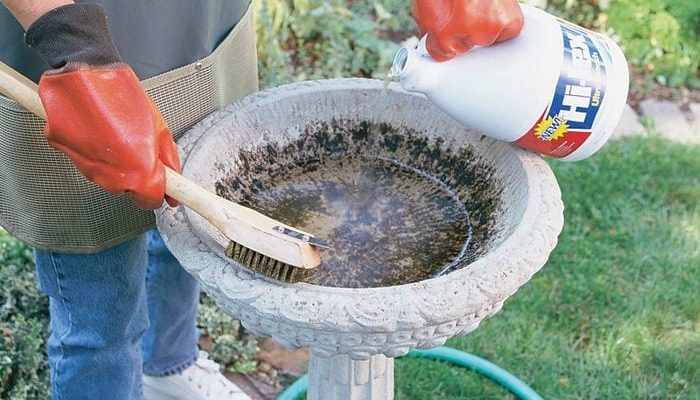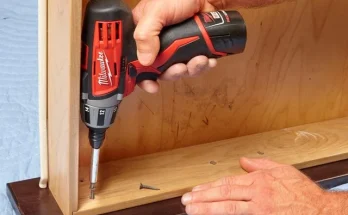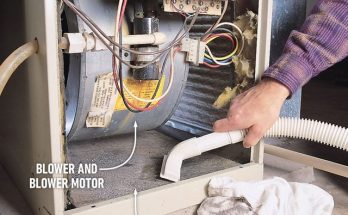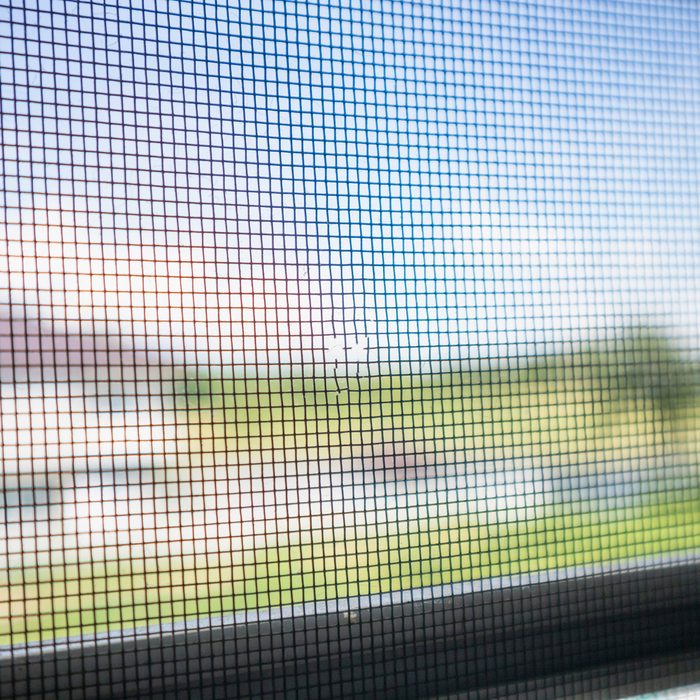
House Flies and Cluster Flies
With warm weather comes an uptick in activity for several species of fly. Single flies are often simple house flies, while groups gathered on windows are more likely to be cluster flies. It’s almost impossible to completely prevent flies from appearing in your home, but you can fight back! Keep your living space clean, swat or shoo away the flies you see, and do your best to seal up any openings and repair any torn screens.
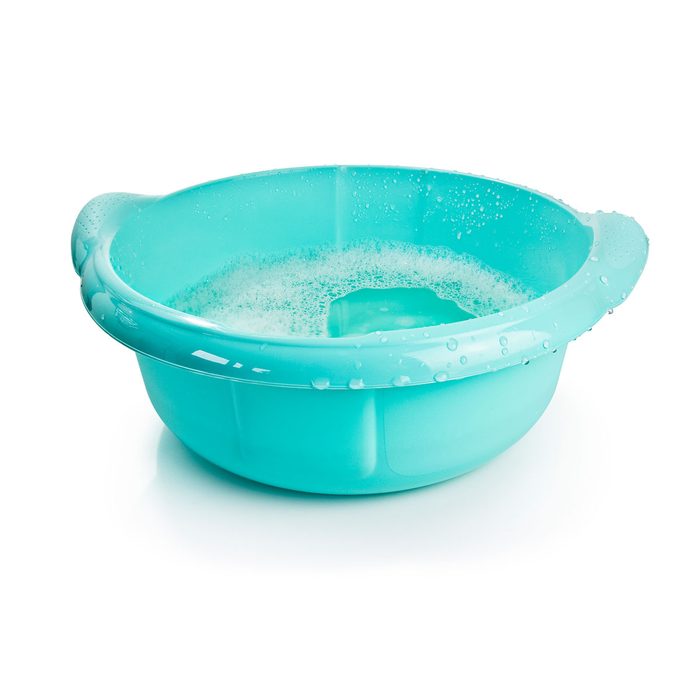
Stink Bugs
An individual stinkbug is nothing to worry about. But when they cluster in large groups, the smell and “ick factor” goes through the roof. While stink bugs are found on the West Coast and in the South and Southwest, these pests are especially prevalent along the Eastern seaboard.
Fight them off by preventing entry. Then try a few different pesticides labeled for use against stink bugs, keeping in mind additional bugs hidden in crevices will likely emerge next. Some homeowners have had luck using a shallow pan filled with water and dish soap under a bright light. The bugs are drawn to the light, then get trapped in the soapy water. Be careful if you vacuum up stink bugs, as their foul odor will make it past the filter and circulate throughout your house. The EPA maintains this list of best practices for keeping these pests out of your home and dealing with them if they invade.
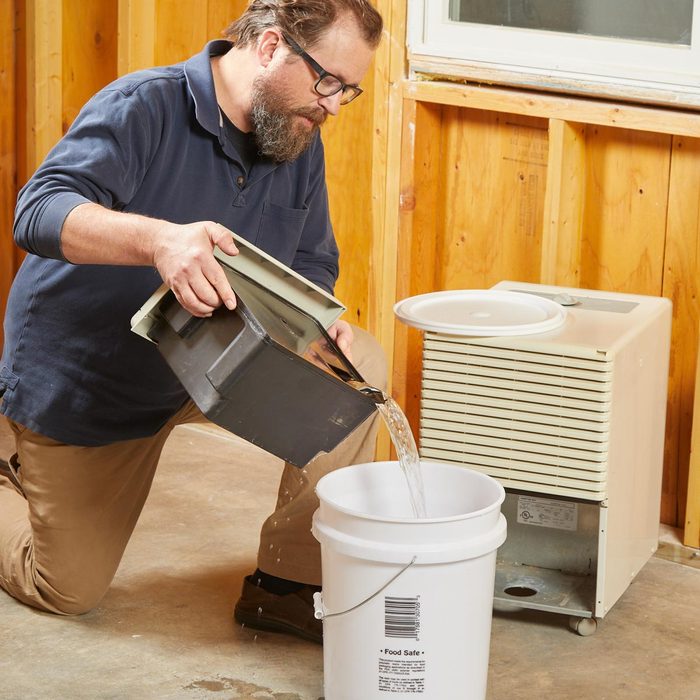
Spiders
With the springtime rise in insects comes a corresponding rise in predatory bugs. Although most house spiders are harmless, a few do pose health risks. And to an arachnophobe, they’re all creepy!
The best way to deal with spiders is to eliminate their food source. Take away sources of moisture or food that attract other insects, and soon the spiders will leave for greener pastures.
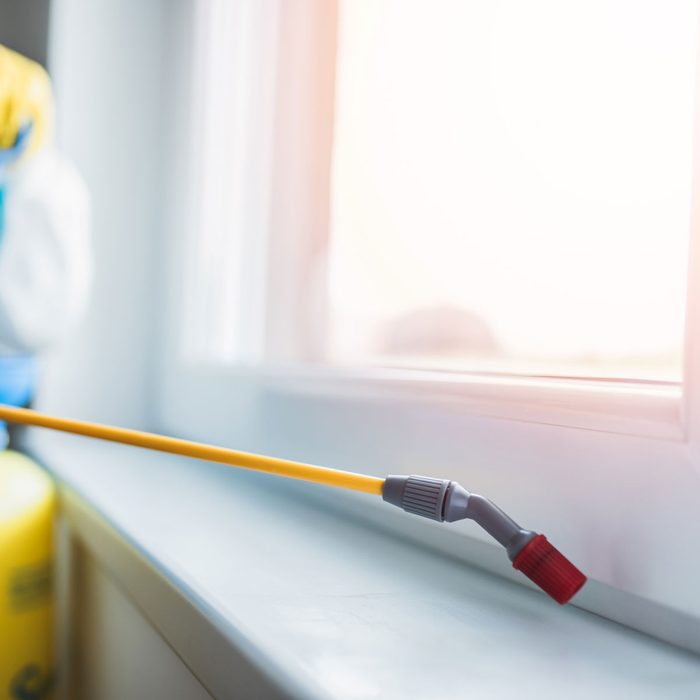
Centipedes
Another predatory bug that tends to disturb humans, house centipedes prey on insects and spiders. If you want them out of your home, eliminate the bugs they snack on.
Note: While centipedes generally aren’t interested in picking a fight with humans and their venom is mild, it’s not a good idea to handle them, since they do have a nasty bite.
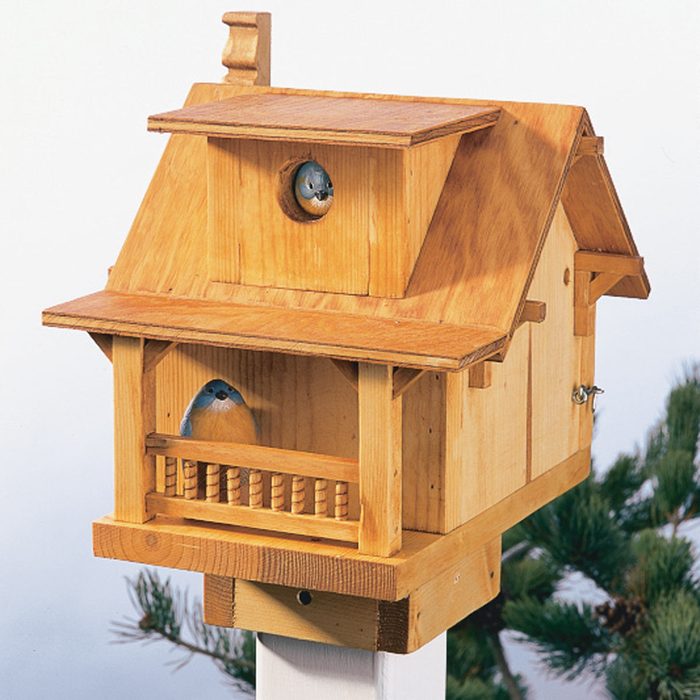
Nesting Birds
Spring marks the beginning of the breeding season for most birds across North America. They’re beautiful to look at and their songs are lovely. But when they nest over your garage door or on top of roof vents, they can quickly become springtime pests.
The easiest solution is usually to redirect them. Install birdhouses away from your home, and most birds will opt to move into one. Combine that with an owl decoy statue to scare them away, and soon your bird issue will be under control.
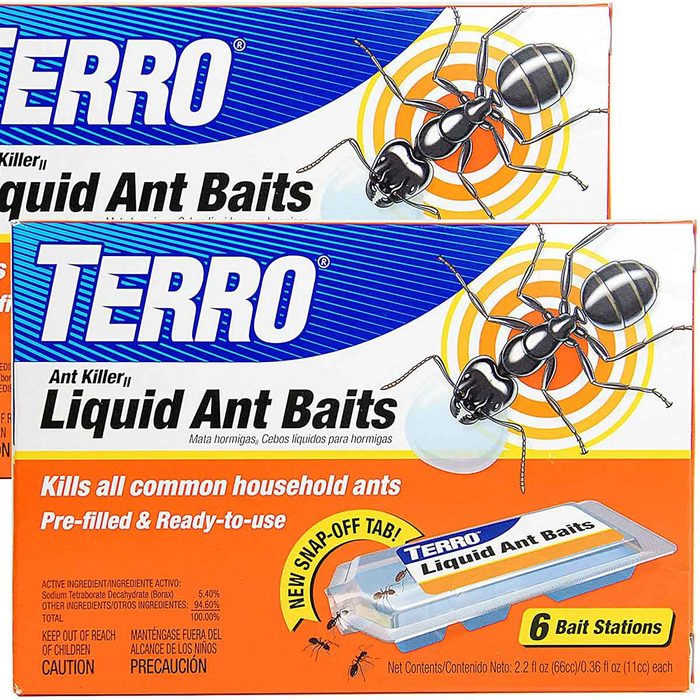
Ants
If you remember Aesop’s fable of The Grasshopper and the Ant, then you know ants stock up for winter. They stay warm and safe in the cold months, then emerge from their nests in spring looking to raid your kitchen and home for snacks.
The best way to avoid them is to set out bait stations, either from a professional pest control company or in DIY-fashion.
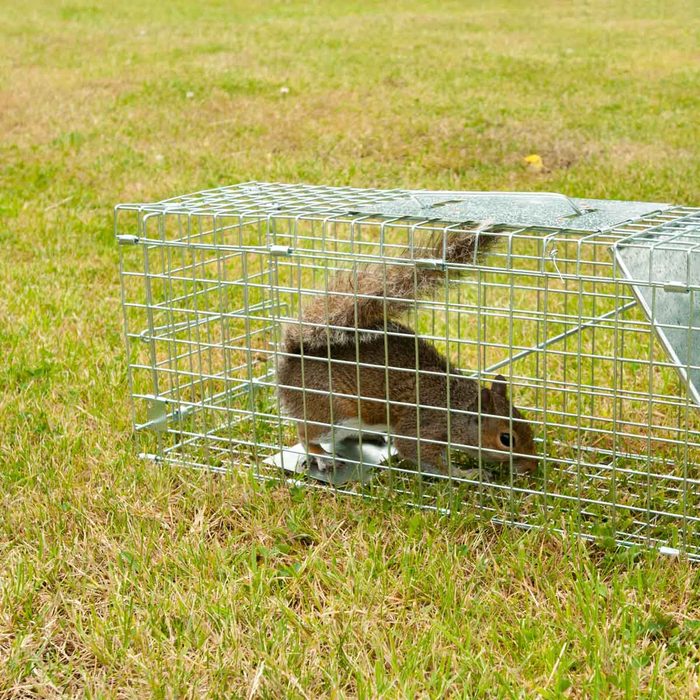
Squirrels
Squirrels are adorable when they scurry across the lawn or leap from limb to limb in a tree, but they’re definitely pests if they decide to take up residence in your home or on your roof. Frequent attic invaders, if you see insulation turned into nesting or chew marks on electrical cables, you may have a squirrel invasion.
These spring pests are best dealt with through a combination of live traps and sealing up their access to the home.
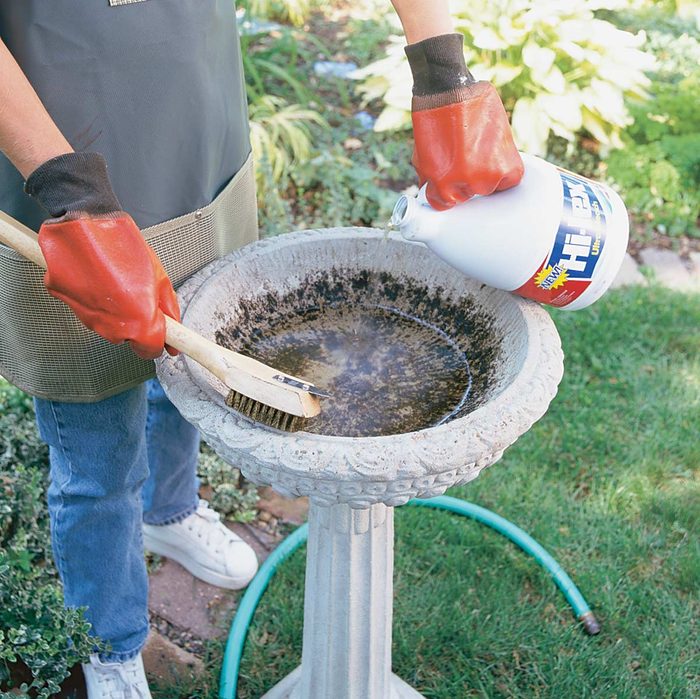
Mosquitoes
At best mosquitoes are an annoyance, and at worst they can spread disease. Deal with them by using sprays or candles to keep them off your person, and removing standing water on your property. Even a bucket or birdbath can hold enough water to become mosquito breeding grounds.
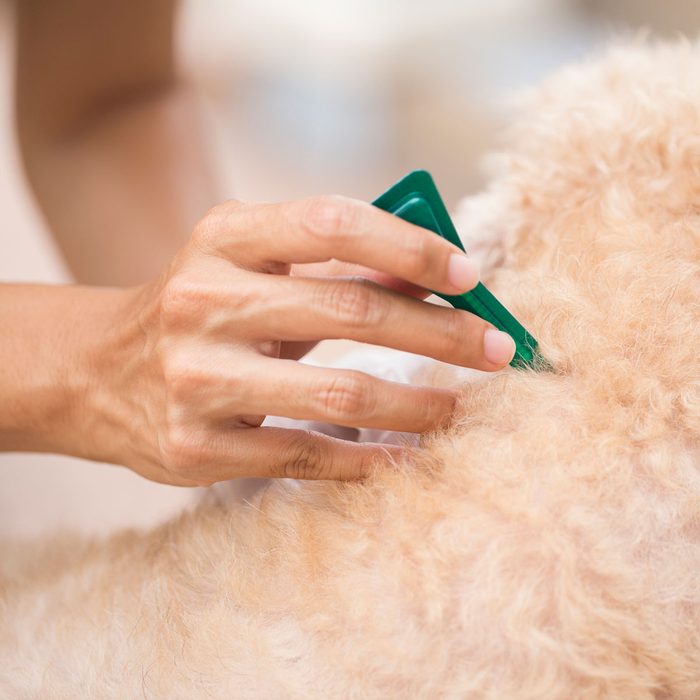
Fleas & Ticks
While our pets may be the favorite meal for fleas and ticks, these nasty pests aren’t afraid to jump on a human either. An in-home flea infestation is a nightmare, and ticks can carry Lyme Disease. Maintain a flea and tick treatment for your pets, and cover up if going into an area where you suspect tick activity.

Grubs
Dead spots in your lawn can be a sign that grubs are spending the spring devouring your lawn’s fragile root system. Grubs look like small white worms, often curled in on themselves, with legs near the distinctive, heavy pincers on their head.
Besides killing your grass, grubs may attract birds or other animals that will tear up the damaged turf in search of a grub dinner. Once summer temperatures move in, these grubs will mature into beetles, some of which pose a threat to fully grown plants and flowers.
The best way to fight back depends on what kind of immature beetle is infesting your lawn. Options usually include pesticides or introducing a natural predator, such as nematodes.
